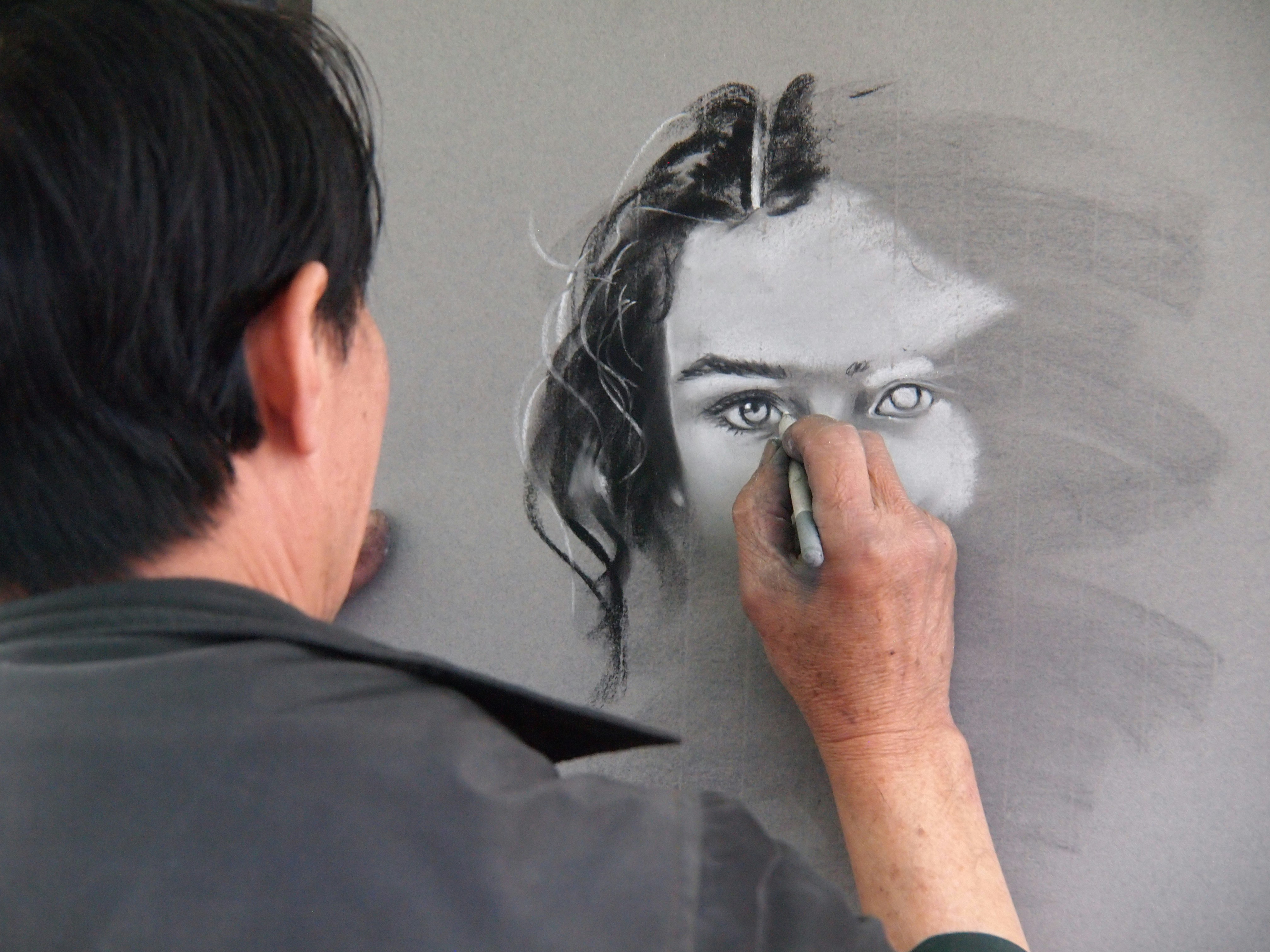Breaking the Fourth Wall: Shifting Boundaries in Modern Cinema
Introduction: In the ever-evolving landscape of modern cinema, one unconventional trend is consistently pushing the boundaries of storytelling—breaking the fourth wall. This narrative device, once seldom used, is now a common sight in films and series. Join us as we delve into its history, current usage, and implications for the future of storytelling.

Origins and Early Usage
The term “breaking the fourth wall” originates from the world of theater. Traditionally, plays are performed on a proscenium stage with the audience sitting on one side, effectively creating a “fourth wall” separating the audience from the actors. This boundary is often invisible and unacknowledged, maintaining the illusion of a self-contained world on stage.
However, as early as the 18th century, playwrights began experimenting with breaking this wall, allowing characters to directly address or acknowledge the audience. This unconventional technique was notably used by French playwright Molière, pioneering a new form of audience engagement.
Transition into Cinema
The transition of breaking the fourth wall from theater to film was a gradual one. Early cinema often employed this technique due to its roots in vaudeville and stage plays. One of the earliest examples is the 1895 film “The Photographical Congress Arrives in Lyon,” where several characters acknowledge the camera.
But as cinema evolved, filmmakers started embracing the illusion of reality, and breaking the fourth wall became less common. It wasn’t until the mid-20th century that this technique began to resurface, used by filmmakers like Jean-Luc Godard and Federico Fellini to challenge cinematic conventions.
Modern Usage and Reception
In recent years, breaking the fourth wall has become a popular narrative device in film and television. Series like “House of Cards” and “Fleabag” are known for their frequent use of this technique, often to provide commentary or comic relief. This trend has also carried over into mainstream cinema, with films like “Deadpool” and “The Wolf of Wall Street” using this device to varying effects.
The reception to this trend has been mixed. Some viewers appreciate the direct engagement, feeling it adds a unique layer to the narrative. Critics, however, argue that it can disrupt the immersive experience of cinema, shattering the illusion of reality.
Impact and Significance
The increased use of breaking the fourth wall signifies a shift in how stories are told in cinema. It challenges traditional storytelling norms and invites audiences to engage with the narrative in a more active way. This trend also reflects the influence of postmodernism in cinema, where boundaries are blurred and conventions are subverted.
While its effectiveness can vary depending on execution, breaking the fourth wall continues to be a fascinating narrative device that pushes the boundaries of cinematic storytelling.
Looking Ahead
As we move forward, it will be interesting to see how this trend evolves. With the rise of interactive storytelling platforms like Netflix’s “Bandersnatch,” the line between viewer and narrative could become even more blurred. Regardless of its future, breaking the fourth wall will undoubtedly remain a powerful tool in the filmmaker’s arsenal, continuing to redefine the boundaries of cinematic storytelling.




